Europe’s most vibrant medieval city
The medieval history of Rhodes dates back 2,400 years and is evidenced in the architecture, in the narrow streets and small squares, in the fortified walls, towers and palaces, and in the museums, churches and minarets. In 1988, UNESCO dubbed Rhodes a World Heritage Site. Today, roughly 6,000 people live among the many extant reminders of her knightly past.
Historically, the ancient city of Rhodes was founded on the designs of Hippodamus the Milesian. Preservation of the original fortifications lasted through the Byzantine period. From 1309 CE to 1522 CE, the city was extensively fortified under the rule of the Order of the Knights of St. John who constructed the iconic castle. It is the site of many fierce battles that were fought against the conquering Ottomans.
There are no less than 11 gates through which to enter the old city. The Freedom Gate is the main entrance; to the knightly orders it was the Porta Marina (sea gate) offering access to the city's port and the sea. Reliefs of the Virgin Mary, St. Peter and St. John adorn the gate's facade, while to either side stand two huge towers with loopholes (small openings for archers). Whichever gate you choose to enter the old city, head first to the famous Knight's Road. Six metres wide and 200 metres long, it is the most well-preserved medieval street in Europe. There is an imprint here of the lives of those men at arms who made their way through this street, conversing in its inns and praying at its holy sites.
Image gallery

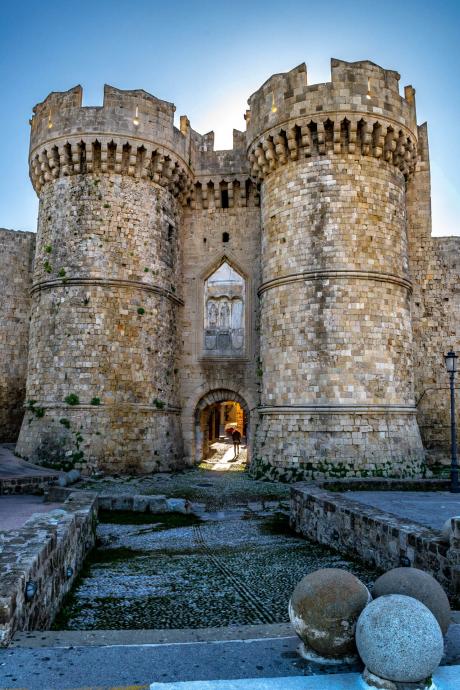
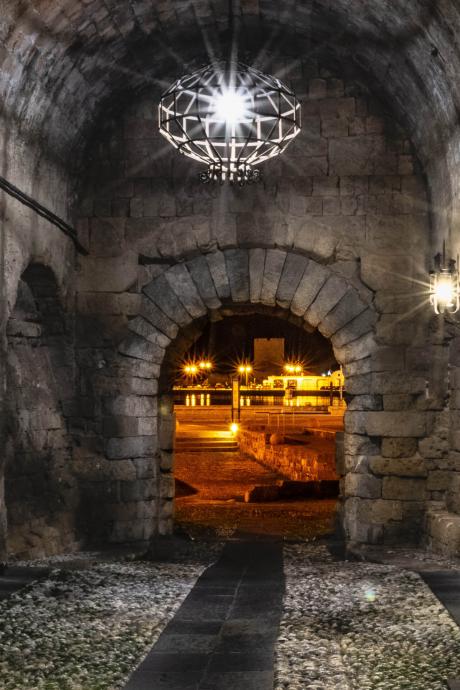
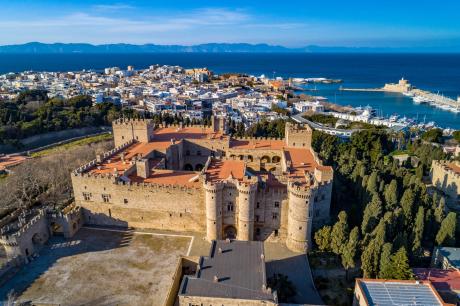
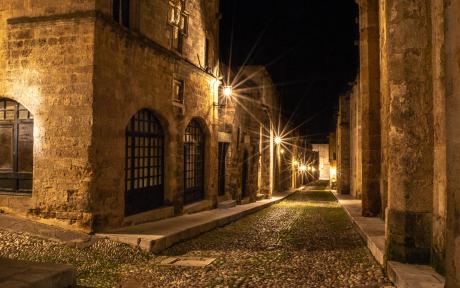
On this unique journey through history you will encounter the imposing fortress of St. Nicholas, commissioned by the Grand Master of the Order of Pierre Zakosta in 1464 CE. It stood as a bulwark against the constant threats posed by the Sultan Mohammed and his forces. You will also encounter the famous Kastelo, the palace of the Grand Master of the Knights of Rhodes, with its heavy wooden door framed by two enormous towers. Like the fortress, the palace museum is another of the old city's most important medieval monuments where one can admire mosaic floors, period furniture, artwork and architectural elements. An entire wing dedicated to ancient Rhodian antiquities is housed in the museum’s basement.
Included in this collection are the Trophy of the Mithridatic Wars, the statue of Laocoon, the mosaic of Medusa, as well as wall frescoes, ceramics and sculpture. The Knight's Road ends at Alexander the Great Square where an 11th century church dedicated to the Virgin Mary stands. The Square is also home to the Archaeological Museum of Rhodes - formerly a hospital founded by the Knights Hospitaller. Here also are 16th century headquarters and lodgings named after knightly orders of several nationalities. These serve as reminders of the mix of languages once heard in the old city. Waiting to be discovered inside the city walls is the Chora (village), once home to the common people. Continue your walk in Burgo, a residential area with restaurants, shops and cafes. Don’t forget to climb the Clock Tower to enjoy panoramic views of the old city. From there, everything looks different.
 |
 |
- ADVERTORIAL / PAID PRESENTATION -

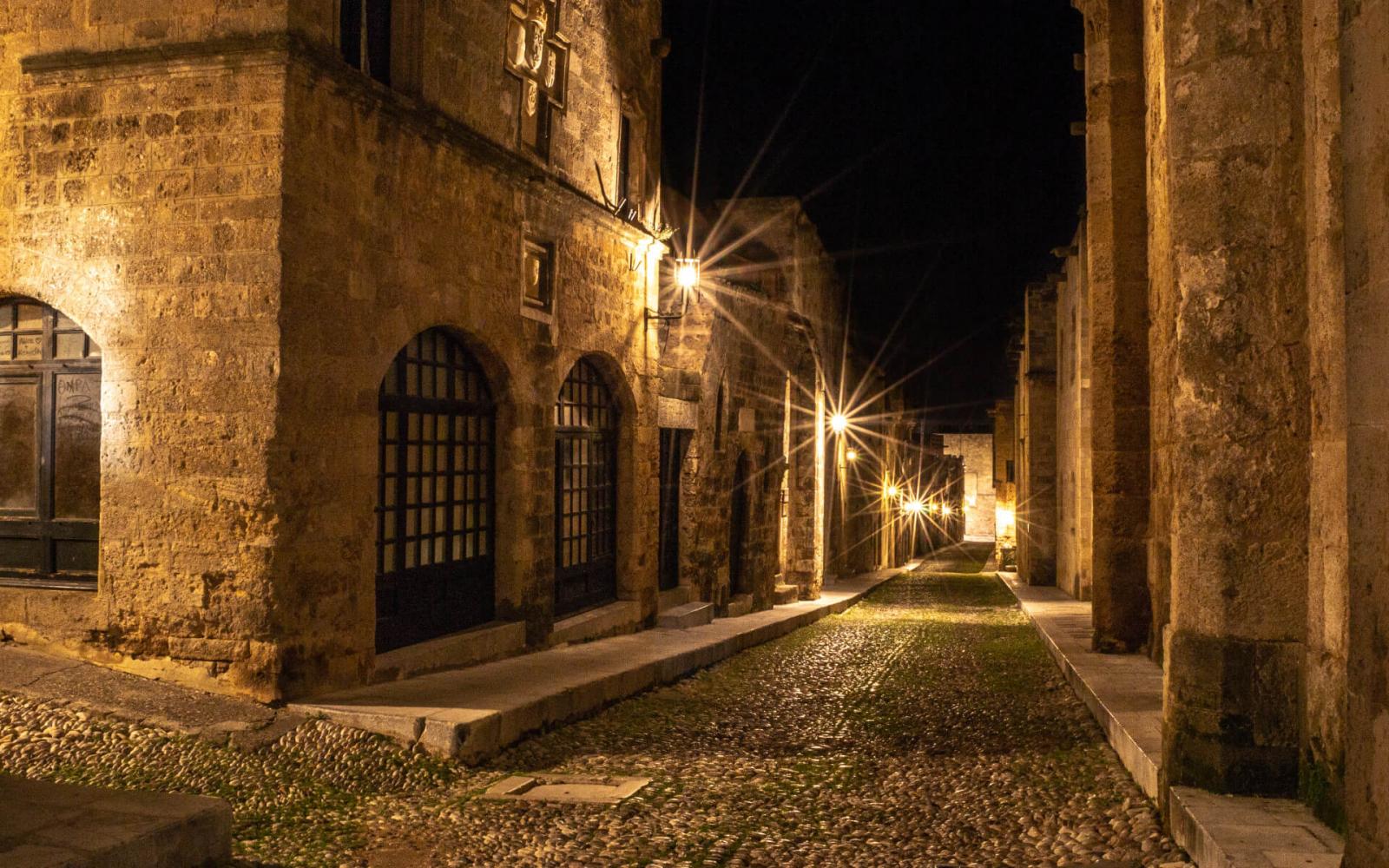
YOU MAY ALSO LIKE
Springs of Serenity
INFINITE AWE
En Eco Paradise